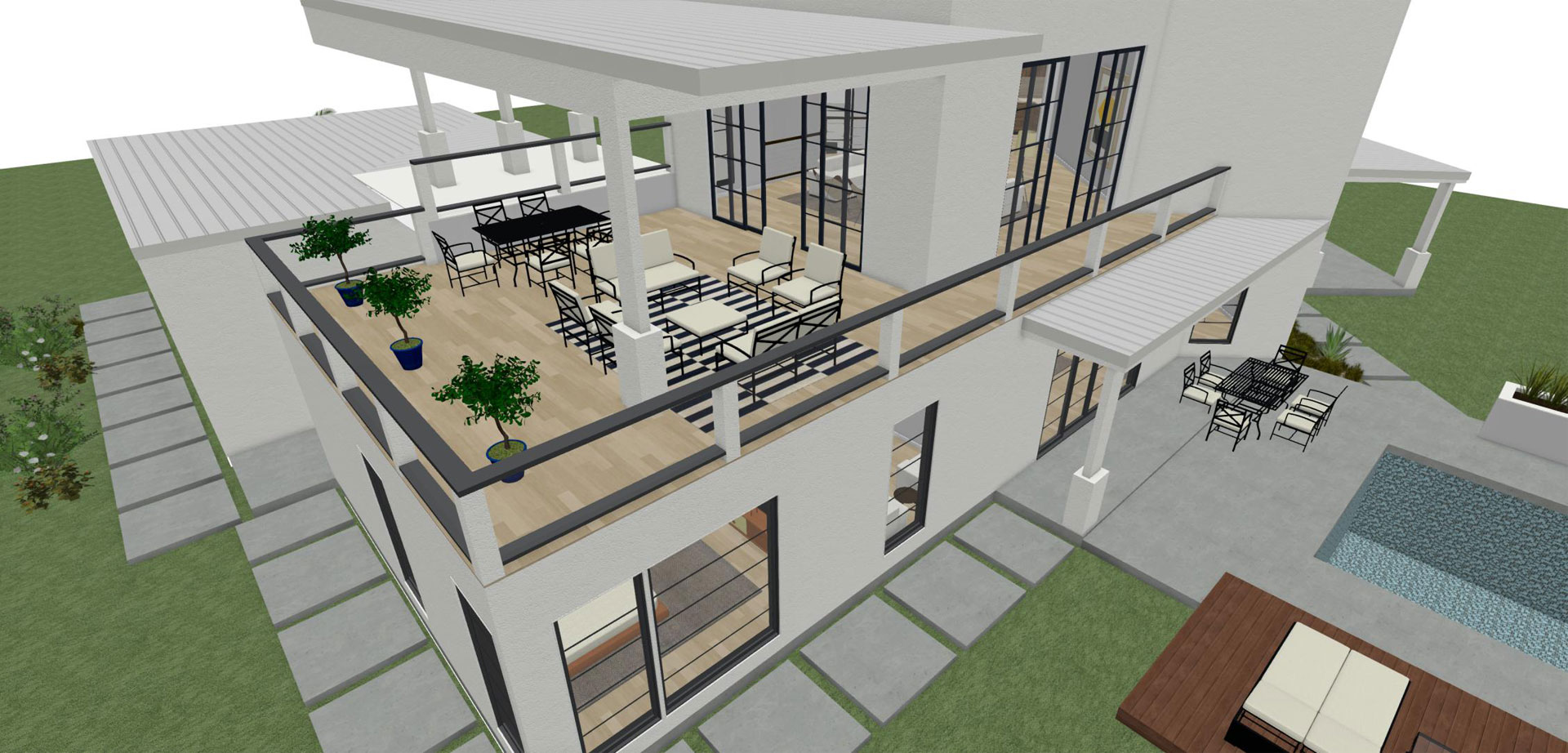The Influence of Technological Innovations on the Style Practices of Contemporary Architects
The fast evolution of technical devices has dramatically reshaped the design landscape for modern engineers, cultivating unprecedented degrees of advancement and sustainability. Checking out these characteristics reveals a nuanced interplay in between modern technology and typical design approaches, prompting a better examination of what the future holds for architectural practices.
Evolution of Architectural Devices
How have architectural tools transformed the layout and building processes over the centuries? The evolution of architectural devices has dramatically influenced the performance, accuracy, and imagination of layout and building.
With the advent of the Renaissance, the intro of the compass and the protractor noted a crucial change. These devices enabled architects to accomplish higher accuracy in their designs, facilitating the emergence of more detailed and in proportion structures. The Industrial Change even more transformed architectural experiment the intro of mechanical tools and materials, allowing for bigger and extra ambitious jobs.
In the 20th century, the development of computer-aided design (CAD) software application transformed the landscape as soon as again, offering engineers with unmatched abilities in modeling and visualization. Today, advanced tools such as Structure Information Modeling (BIM) and parametric design software application continue to press the borders of architectural development, enabling an extra integrated method to design and building and construction processes.
Boosted Partnership in Style
As modern technology continues to advance, improved partnership in design has actually come to be a keystone of modern-day architectural technique. The assimilation of digital tools such as Structure Details Modeling (BIM), cloud-based systems, and advanced visualization software application has actually changed the method architects, designers, and stakeholders engage throughout the layout procedure. These devices promote real-time communication, allowing teams to share ideas, modifications, and comments promptly, no matter geographical place.

In addition, interdisciplinary cooperation has been structured through these technical improvements, enabling architects to work more very closely with other professionals, such as metropolitan planners and environmental experts. The result is an extra cohesive approach to make that considers numerous point of views and proficiency. Eventually, boosted partnership in design is not merely a pattern; it is crucial for creating innovative, functional, and cosmetically pleasing architecture in a significantly complex world.
Sustainability Via Innovation
Sustainability in style has increasingly become linked with technical technology, driving the industry towards eco accountable techniques - cda architects. Contemporary engineers are leveraging sophisticated technologies to minimize ecological influence while enhancing the performance of structures. One famous example is using Structure Info Modeling (BIM), which permits for exact planning and resource appropriation, reducing waste during building and construction and advertising power performance throughout a structure's lifecycle
Additionally, smart products and energy-efficient systems are being integrated right into styles to maximize source usage. Technologies such as solar cells and green roofing systems harness renewable power sources, contributing to decreased carbon footprints. Additionally, the application of synthetic intelligence in style procedures enables architects to mimic and evaluate energy usage, directing choices towards even more lasting results.
The assimilation of lasting modern technologies not just lines up with worldwide environmental goals but also meets an enhancing need from consumers for environment-friendly remedies. As engineers accept these advancements, the emphasis moves in the direction visit homepage of creating spaces that are not only visually pleasing but likewise functionally sustainable, consequently redefining the criteria of modern-day architecture. This way, technology acts as a stimulant for sustainability, enabling engineers to create structures that respect and boost the native environment.
Difficulties in Application
While technical innovations in design hold terrific pledge for enhancing sustainability, their application frequently experiences significant challenges - cda architects. One main barrier is the steep understanding contour related to new modern technologies. Designers and building specialists might call for considerable training to properly utilize innovative software program and devices, which can postpone job timelines and increase expenses
Additionally, the assimilation of arising modern technologies, such as Building Details Modeling (BIM) and sustainable materials, usually demands collaboration across multidisciplinary teams. This collaboration can be prevented by distinctions in expertise, operations, and interaction designs, causing possible disputes and ineffectiveness.
Financial restrictions additionally make complex the fostering of innovative technologies. Many building companies, especially smaller sized ones, might lack the sources to purchase cutting-edge tools, restricting their capacity to compete with bigger companies that can afford such financial investments.
Moreover, regulatory structures and building ordinance might not equal technical developments, developing obscurity and potential compliance problems. This look here difficulty can inhibit engineers from completely accepting brand-new innovations, as the danger of non-compliance may outweigh the advantages. For that reason, resolving these implementation difficulties is important for the successful assimilation of technical developments in contemporary architectural techniques.
Future Patterns in Design
The difficulties connected with the execution of brand-new modern technologies in architecture have motivated a reevaluation of future fads within the industry. As architects navigate problems such as sustainability, urbanization, and social equity, they are progressively embracing ingenious innovations to enhance layout efficiency and ecological efficiency.
One noticeable pattern is the combination of expert system (AI) in the design procedure. AI tools can evaluate vast datasets to educate layout choices, enhancing both creative thinking and functionality. Structure Details Modeling (BIM) continues to progress, enabling real-time cooperation among stakeholders and helping with structured project management.
Sustainable layout methods are also acquiring momentum, with designers focusing on adaptive reuse and regenerative design concepts that minimize resource intake and waste. The incorporation of clever materials and sustainable power resources will additionally enhance the strength of structures when faced with environment change.

Verdict
Technological developments have actually substantially improved building address style methods, helping with enhanced precision, collaboration, and sustainability. The integration of devices such as Building Info Modeling and parametric layout software, along with fabricated intelligence and smart materials, encourages designers to deal with intricate challenges extra properly.